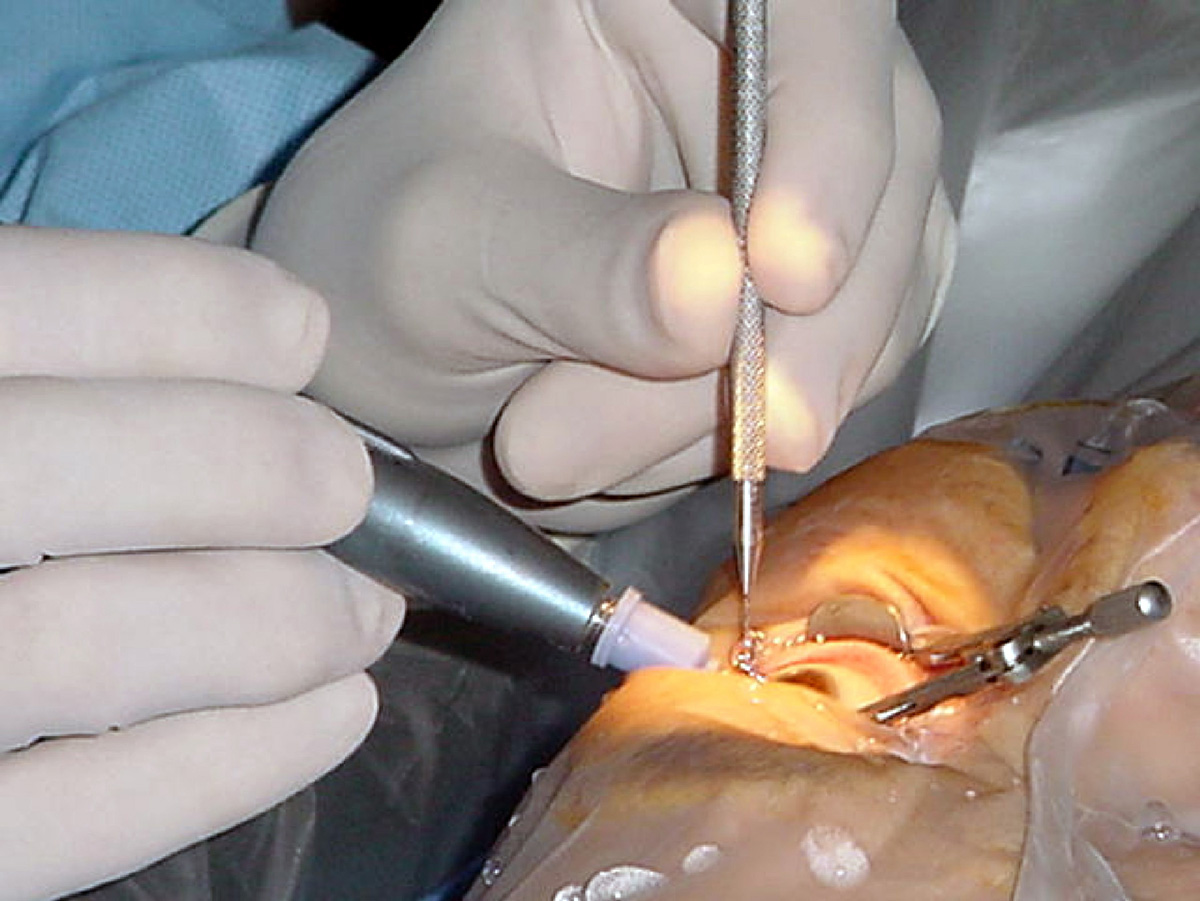
Cataract surgery involves the removal of the natural lens of the eye that has become opaque and is increasingly hard to see through very well.
The loss of transparency is caused by metabolic changes of the lens fibers over time, which causes cataracts and the impairment or total loss of vision.
What happens during this surgery is that the person’s cataract lens is removed and replaced with a synthetic lens that will restore transparency.
Once the old, opaque lens is removed, an artificial lens implant is inserted. An eye surgeon, or ophthalmologist is usually the doctor that performs such a surgery with the help of local anesthesia around the eye that usually does not cause any discomfort.
The good thing about cataract surgery is that it is very safe and incredibly effective. Over 90 percent of procedures are successful in restoring vision completely and very little complications are encountered.
There are two type of cataract surgeries that are generally used. They are conventional extracapsular cataract extraction (ECCE) and intracapsular cataract extraction (ICCE), though ICCE is rarely performed any more because ECCE has been proven to be much more effective.
Phacoemulsification is just as good as ECCE, but it uses all disposable equipment, which makes it a lot more expensive and therefore a lot less popular.
ECCE involves the complete removal of the natural lens usually, though the elastic lens capsule is left in place so that the new lens can be inserted.
Phacoemulsification involves the use of ultrasonic headpieces that are equipped with a titanium or steel tip that vibrates at ultrasonic frequencies as the lens material is emulsified. By cracking the lens into smaller pieces, the emulsification is easier.
Following either procedure, the intraocular lens is inserted. Once it goes in, the surgeon will make sure that the incision is not leaking any fluid from it. This is very important to do, because if there is leakage from the wound, it is possible for the eye to get infected with unwanted microorganisms.
Antibiotics are administered at different phases depending on the circumstances, sometimes before the operation, during or after. Along with the antibiotics, doctors will probably prescribe a topical corticosteroid as well to help with any uneasiness or possible problems after the surgery.
Some people might experience complications such as a posterior capsular opacification, which is often referred to as a post-cataract. It is a physiological change that is expected after the surgery when the capsular cells go through hyperplasia and cellular migration, which will cloud the posterior lens capsule, the part that is left behind when the cataract is removed in order for the new lens to be put into place accordingly.




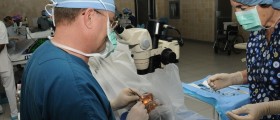

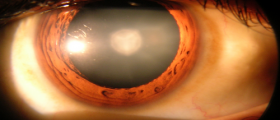
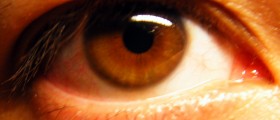






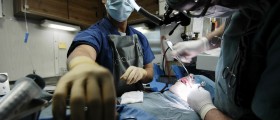
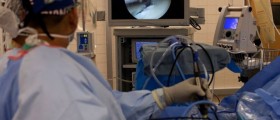
Your thoughts on this
Loading...